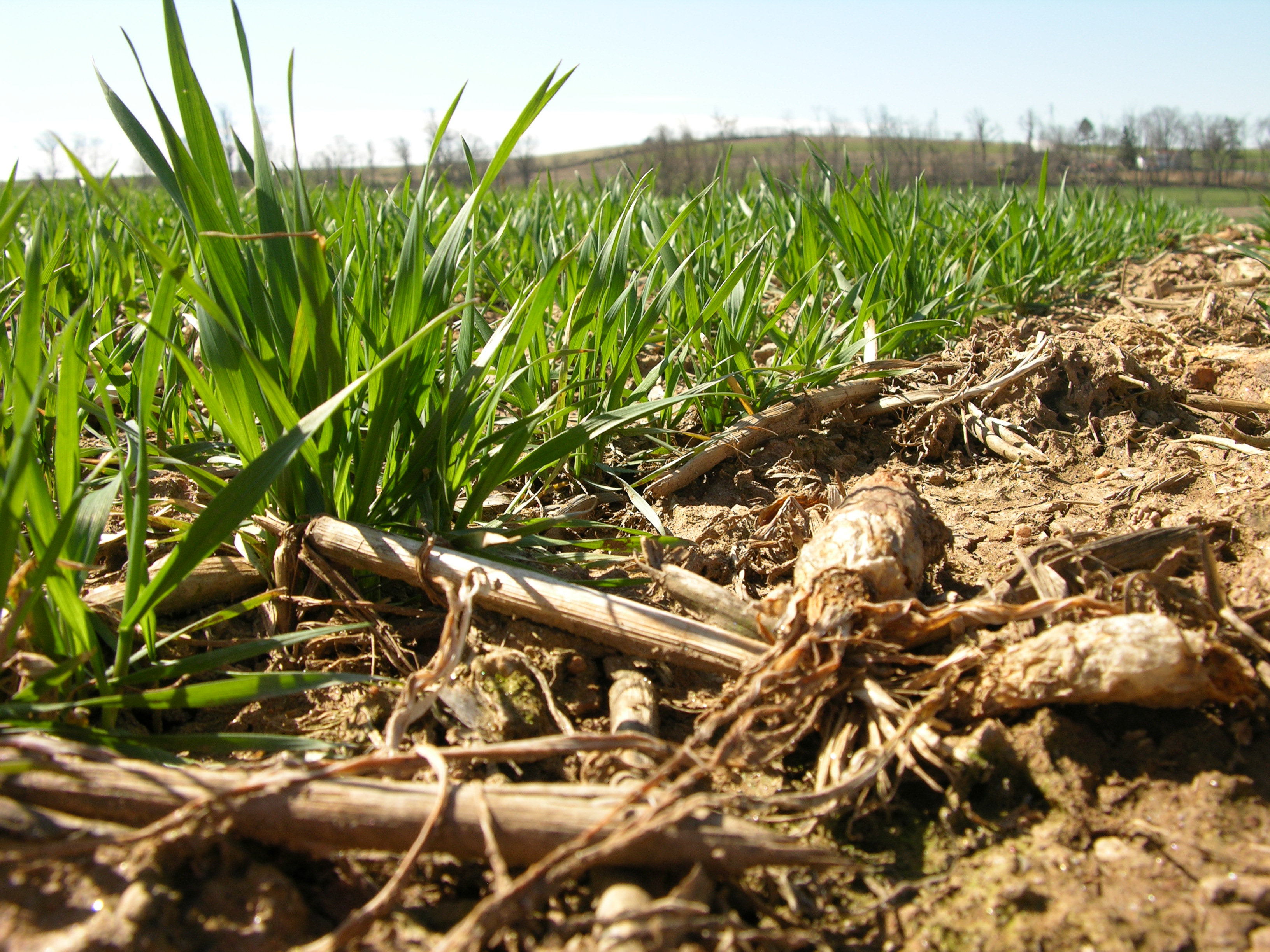How To Benchmark Crop Macro and Micronutrient Status
The effectiveness of soil and tissue tests depends on the crop, field conditions and the nutrient in question, and no-tillers should back up the results with scouting and on-farm strip trials.
Read More











